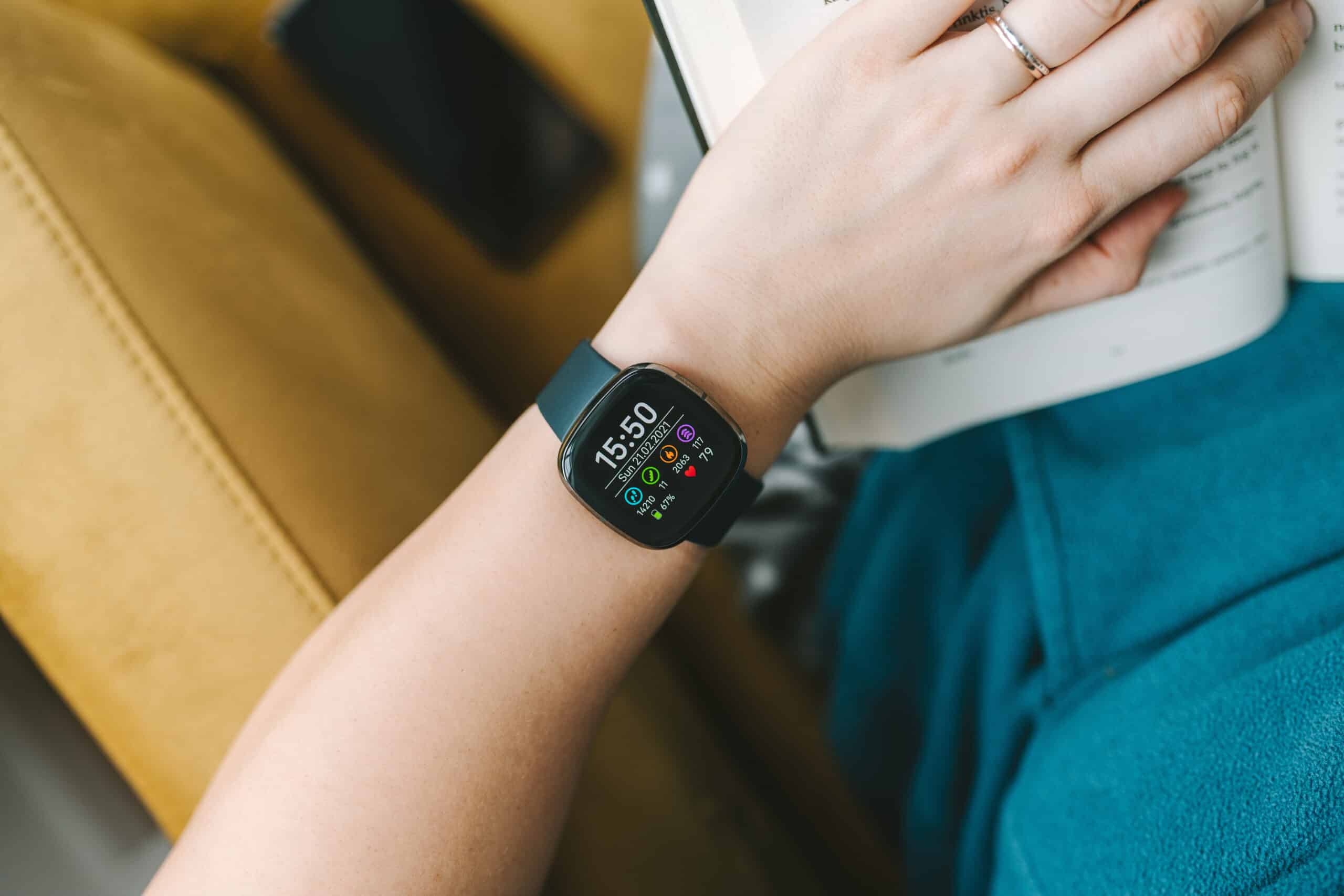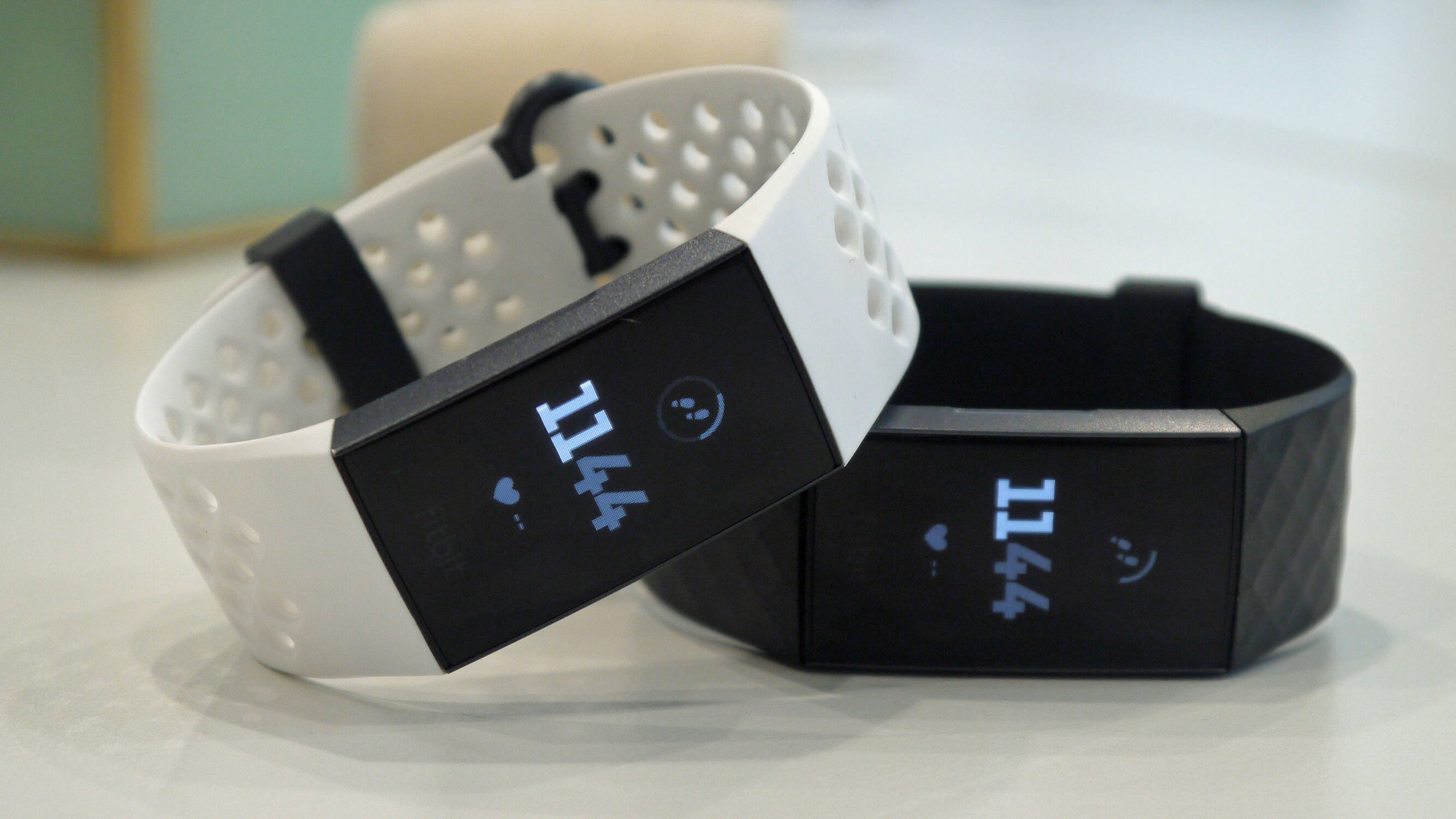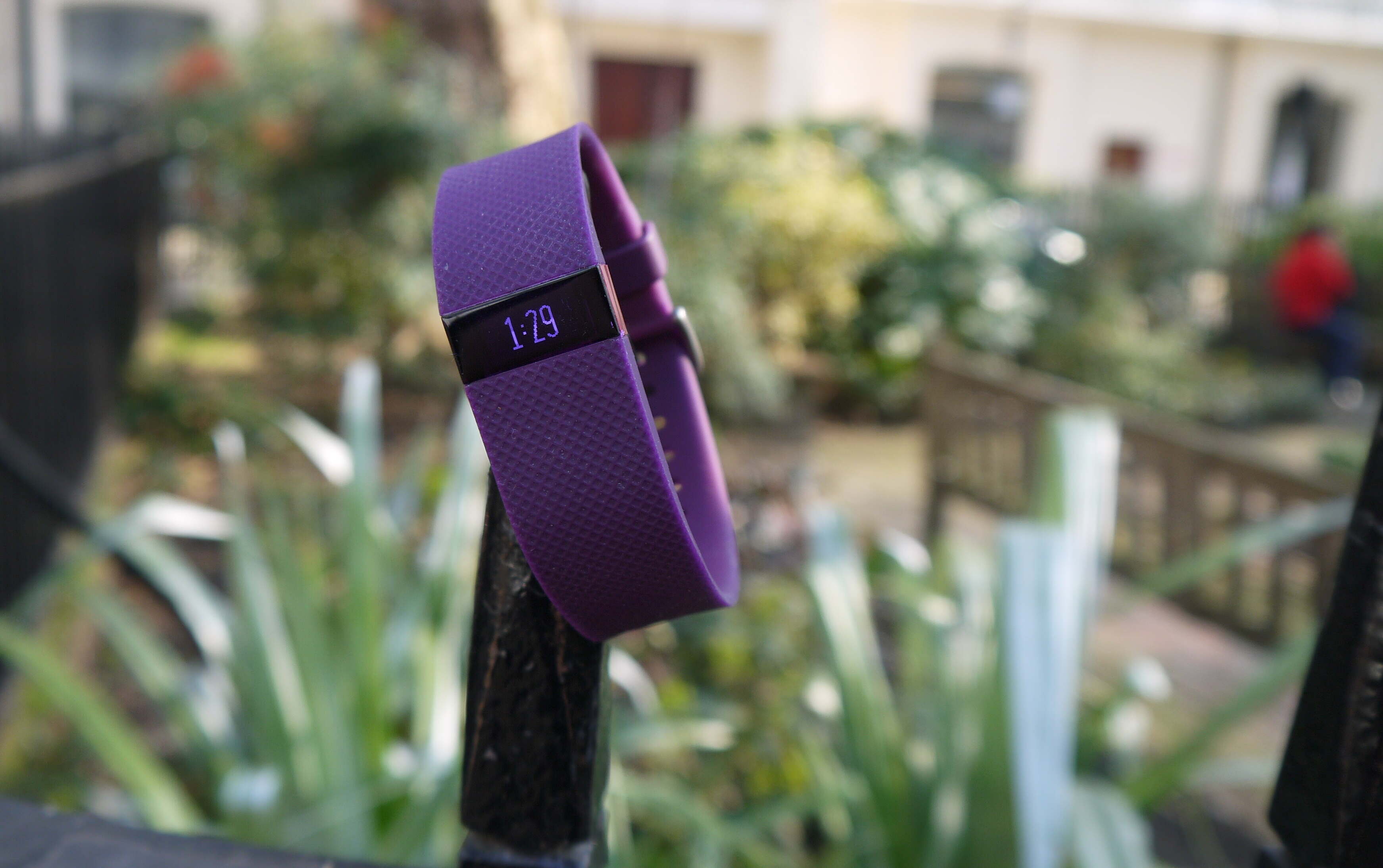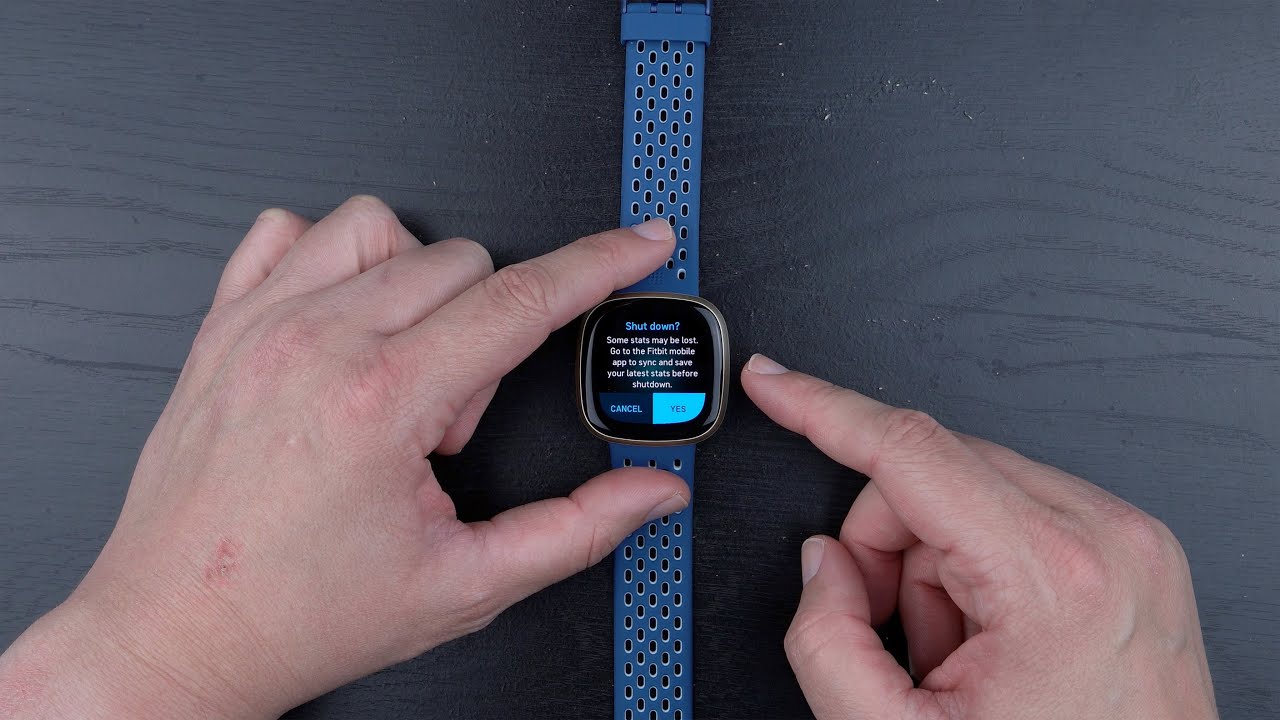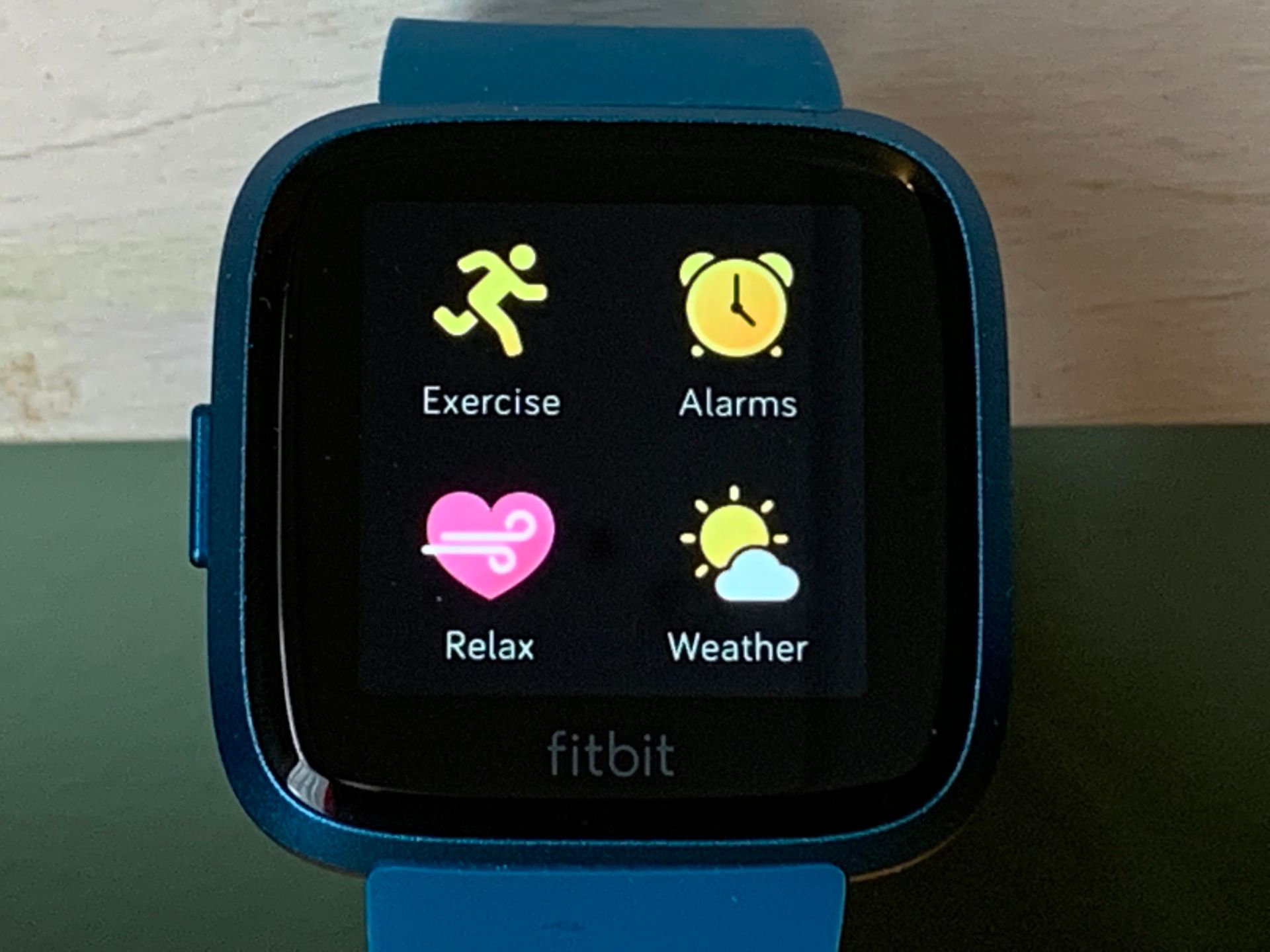Introduction
Fitbit has revolutionized the way we approach fitness and wellness, offering a range of wearable devices designed to help users track their physical activity, monitor their health metrics, and stay connected to their daily routines. One essential feature of Fitbit devices is their clock display, which not only tells the time but also serves as a convenient tool for tracking workouts, setting alarms, and managing daily schedules.
However, as with any electronic device, Fitbit wearables may encounter issues related to their clock functionality. From inaccurate time readings to unresponsive clock faces, these problems can be frustrating for users who rely on their Fitbit to keep them on track throughout the day. Fortunately, understanding the root causes of these clock issues and learning how to address them can help users make the most of their Fitbit experience.
In this comprehensive guide, we will delve into the common clock problems that Fitbit users may encounter and provide practical solutions to troubleshoot these issues effectively. Whether you're struggling with a frozen clock display or noticing discrepancies in time accuracy, this article aims to equip you with the knowledge and tools to overcome these challenges and optimize the performance of your Fitbit device.
By exploring the troubleshooting methods, software updates, and support resources available, you'll gain valuable insights into resolving clock-related issues on your Fitbit. Whether you're a long-time Fitbit enthusiast or a newcomer to the world of wearable technology, this guide is tailored to help you navigate through time troubles and ensure that your Fitbit clock remains reliable and functional.
Join us as we unravel the complexities of Fitbit clock problems and empower you to take control of your wearable device's timekeeping capabilities. Let's embark on this journey to troubleshoot, optimize, and elevate your Fitbit experience.
Understanding Fitbit Clock Issues
The clock feature on Fitbit devices is a fundamental component that goes beyond simply displaying the time. It serves as a multifaceted tool that enables users to track their workouts, set alarms, and stay organized throughout the day. However, despite its significance, Fitbit's clock functionality can encounter various issues that may disrupt its performance and reliability.
One common issue that users may encounter is the display of inaccurate time readings. This can be particularly frustrating, as users rely on their Fitbit to provide precise timekeeping throughout the day. Additionally, some users may experience unresponsive clock faces, where the display fails to update or freezes, rendering the device less functional.
Another prevalent problem is the discrepancy between the time displayed on the Fitbit and the actual time, which can lead to confusion and inconvenience. In some cases, users may find that the clock on their Fitbit is not syncing with the time on their smartphone or other devices, further exacerbating the issue.
Furthermore, Fitbit clock issues can manifest as difficulties in customizing clock faces or encountering errors when attempting to switch between different clock display options. These challenges can hinder users from personalizing their Fitbit experience and accessing the features they rely on for daily time management and fitness tracking.
Understanding the root causes of these clock issues is crucial for effectively troubleshooting and resolving them. Whether the problem stems from software glitches, synchronization errors, or hardware malfunctions, identifying the underlying factors is the first step toward restoring the clock functionality on Fitbit devices.
By gaining insight into the common manifestations of Fitbit clock issues and the potential triggers behind these challenges, users can approach troubleshooting with a clearer understanding of what may be causing the disruptions. This knowledge empowers users to take proactive steps in addressing clock-related issues and ensures that their Fitbit remains a reliable and accurate timekeeping companion throughout their daily routines.
Common Clock Problems and Solutions
Inaccurate Time Readings
One prevalent issue that Fitbit users may encounter is inaccurate time readings displayed on their devices. This can be attributed to synchronization errors, software glitches, or hardware malfunctions. To address this problem, users can start by ensuring that their Fitbit is connected to a stable internet connection and has the correct time zone settings configured. Additionally, performing a manual sync with the Fitbit app on their smartphone can help update the time readings and resolve any discrepancies.
Unresponsive Clock Faces
When the clock face on a Fitbit device becomes unresponsive or freezes, users may find it challenging to access essential timekeeping features. To troubleshoot this issue, a simple restart of the Fitbit device can often rectify the unresponsiveness. By powering off the device and then turning it back on, users can reset the clock face and potentially resolve any underlying software issues that may be causing the unresponsiveness.
Time Synchronization Errors
Discrepancies between the time displayed on a Fitbit device and the actual time can lead to confusion and inconvenience for users. To address synchronization errors, users can manually adjust the time settings on their Fitbit and ensure that the device is synced with their smartphone or other timekeeping devices. Additionally, performing a firmware update on the Fitbit can help rectify synchronization issues and ensure that the device's clock remains accurate.
Customization and Display Errors
Some users may encounter difficulties in customizing clock faces or experience errors when attempting to switch between different display options. To troubleshoot these customization and display errors, users can explore the clock face settings on their Fitbit app and ensure that the selected display options are compatible with their device model. Additionally, updating the Fitbit app and firmware to the latest versions can resolve compatibility issues and enhance the customization capabilities of the device's clock faces.
By addressing these common clock problems with practical solutions, Fitbit users can effectively troubleshoot and optimize the timekeeping functionality of their devices. Whether it's rectifying synchronization errors, resolving unresponsive clock faces, or ensuring accurate time readings, these solutions empower users to maintain a reliable and functional clock on their Fitbit, enhancing their overall experience with the wearable device.
Resetting the Clock on Your Fitbit
Resetting the clock on your Fitbit can be an effective solution for addressing various clock-related issues and restoring the device's timekeeping functionality. Whether you're encountering unresponsive clock faces, inaccurate time readings, or synchronization errors, performing a reset can help rectify these challenges and optimize the performance of your Fitbit's clock.
To initiate a reset, start by accessing the settings on your Fitbit device. Depending on the model of your Fitbit, the steps for resetting the clock may vary. However, a common method involves navigating to the settings menu on the device and selecting the option to restart or reset the device. This action will prompt the Fitbit to power off and then restart, potentially resolving any underlying software glitches that may be affecting the clock functionality.
In addition to the device-level reset, users can also perform a reset through the Fitbit app on their smartphone. By accessing the app's settings and selecting the option to reset the connected Fitbit device, users can trigger a synchronization process that can help realign the clock and resolve any discrepancies between the device and its connected timekeeping sources.
Furthermore, for more advanced troubleshooting, users can explore the option to perform a factory reset on their Fitbit device. This comprehensive reset restores the device to its original settings and can effectively address persistent clock issues that may not be resolved through standard restart procedures.
It's important to note that before initiating a reset, users should ensure that their Fitbit is fully charged and connected to a stable internet connection. Additionally, backing up any essential data or settings on the Fitbit, such as customized clock faces or alarms, can help prevent data loss during the reset process.
By leveraging the reset capabilities of Fitbit devices, users can proactively address clock-related issues and maintain a reliable and accurate timekeeping experience. Whether it's troubleshooting unresponsive clock faces or rectifying synchronization errors, the reset options available for Fitbit devices empower users to optimize the performance of their wearable's clock and enhance their overall Fitbit experience.
Updating Your Fitbit Software
Keeping your Fitbit software up to date is a crucial step in ensuring the optimal performance of your device, including its clock functionality. Regular software updates not only introduce new features and enhancements but also address potential bugs and issues that may affect the accuracy and responsiveness of the clock on your Fitbit.
To update your Fitbit software, begin by ensuring that your Fitbit device is connected to the Fitbit app on your smartphone. Once connected, navigate to the app's settings or device management section, where you can check for available software updates for your Fitbit model. If an update is available, follow the on-screen prompts to initiate the download and installation process.
It's important to keep your Fitbit device sufficiently charged during the software update process to prevent any interruptions. Additionally, maintaining a stable internet connection on your smartphone ensures a smooth and seamless update experience.
By keeping your Fitbit software up to date, you can benefit from improved clock accuracy, enhanced synchronization capabilities, and optimized performance across various timekeeping features. Software updates often include fixes for clock-related issues, ensuring that your Fitbit remains a reliable companion for tracking workouts, managing schedules, and staying connected throughout the day.
Furthermore, staying current with software updates helps mitigate potential security vulnerabilities and ensures that your Fitbit device is equipped with the latest advancements in timekeeping technology. Whether it's addressing synchronization errors, enhancing customization options for clock faces, or optimizing battery efficiency for prolonged timekeeping, software updates play a vital role in maintaining the overall functionality and reliability of the clock on your Fitbit.
By prioritizing the regular update of your Fitbit software, you can proactively address clock-related issues and leverage the full potential of your wearable device's timekeeping capabilities. This proactive approach not only enhances the user experience but also contributes to the longevity and performance of your Fitbit, ensuring that it remains a dependable and accurate timekeeping companion for your everyday activities.
Contacting Fitbit Support
When troubleshooting clock-related issues on your Fitbit device, there may be instances where the challenges persist despite your best efforts. In such cases, reaching out to Fitbit support can provide valuable assistance and guidance in resolving the underlying problems affecting the clock functionality of your wearable device.
Fitbit offers a comprehensive support system that caters to the diverse needs of its users, ensuring that assistance is readily available for addressing technical issues, software concerns, and device functionality. To initiate contact with Fitbit support, users can explore several channels, each designed to provide responsive and personalized assistance.
Online Support Resources
Fitbit's official website serves as a hub for an array of support resources, including troubleshooting guides, FAQs, and community forums where users can seek advice and insights from fellow Fitbit enthusiasts. By leveraging these online resources, users can access a wealth of information tailored to address common clock issues, software updates, and device-specific troubleshooting steps.
Live Chat and Email Support
For personalized assistance, Fitbit offers live chat and email support options, allowing users to engage directly with Fitbit's support representatives. Whether you prefer real-time interactions via live chat or detailed correspondence through email, these channels enable users to articulate their clock-related concerns and receive tailored guidance from knowledgeable support agents.
Phone Support
In situations where immediate assistance is required, Fitbit's phone support provides a direct line of communication for addressing complex clock issues and technical challenges. By speaking with a Fitbit support representative over the phone, users can receive step-by-step guidance, troubleshooting instructions, and personalized recommendations to resolve clock-related issues effectively.
Social Media Engagement
Fitbit maintains an active presence on various social media platforms, offering users the opportunity to engage with the brand's support team through direct messaging and public inquiries. By reaching out via social media channels, users can seek assistance, share their experiences, and receive timely responses from Fitbit's support professionals.
Community Support
Fitbit's user community serves as a valuable resource for seeking peer-to-peer support, sharing insights, and collaborating on troubleshooting efforts. Engaging with the Fitbit community allows users to tap into a collective pool of knowledge and experiences, fostering a supportive environment for addressing clock-related challenges and discovering innovative solutions.
By leveraging these diverse support channels, Fitbit users can navigate through clock-related issues with confidence, knowing that personalized assistance and expert guidance are readily accessible. Whether it's troubleshooting synchronization errors, addressing unresponsive clock faces, or seeking insights into software updates, Fitbit support offers a robust framework for empowering users to overcome challenges and optimize the timekeeping functionality of their wearable devices.
In summary, contacting Fitbit support provides a direct pathway to tailored assistance, empowering users to address clock-related issues effectively and ensuring that their Fitbit devices remain reliable and functional companions in their daily routines.
Conclusion
In conclusion, addressing clock-related issues on your Fitbit device is essential for maintaining a reliable and accurate timekeeping companion that seamlessly integrates into your daily routines. By understanding the common manifestations of clock problems and leveraging practical solutions, users can troubleshoot unresponsive clock faces, rectify synchronization errors, and ensure precise time readings on their Fitbit.
Resetting the clock on your Fitbit, whether through device-level restarts or comprehensive factory resets, provides a proactive approach to addressing persistent clock issues. By initiating a reset, users can potentially resolve underlying software glitches and restore the optimal performance of their device's clock functionality.
Furthermore, keeping your Fitbit software up to date is paramount in ensuring the accuracy and responsiveness of the clock on your device. Regular software updates introduce enhancements, address bugs, and optimize timekeeping features, empowering users to leverage the full potential of their Fitbit's timekeeping capabilities.
In instances where clock-related challenges persist, reaching out to Fitbit support through online resources, live chat, email, phone support, and community engagement offers personalized assistance and expert guidance. Leveraging these diverse support channels enables users to navigate through complex clock issues with confidence, knowing that tailored solutions are readily accessible.
Ultimately, the journey to troubleshoot, optimize, and elevate your Fitbit experience involves proactive troubleshooting, leveraging software updates, and tapping into a robust support framework. By taking these steps, users can ensure that their Fitbit remains a dependable and accurate timekeeping companion, empowering them to stay connected, track their workouts, and manage their schedules with confidence and precision.
As you embark on your Fitbit journey, armed with the insights and solutions outlined in this guide, may your timekeeping experience be seamless, reliable, and tailored to support your active lifestyle and wellness pursuits. Here's to a future of optimized timekeeping and enhanced Fitbit experiences.







